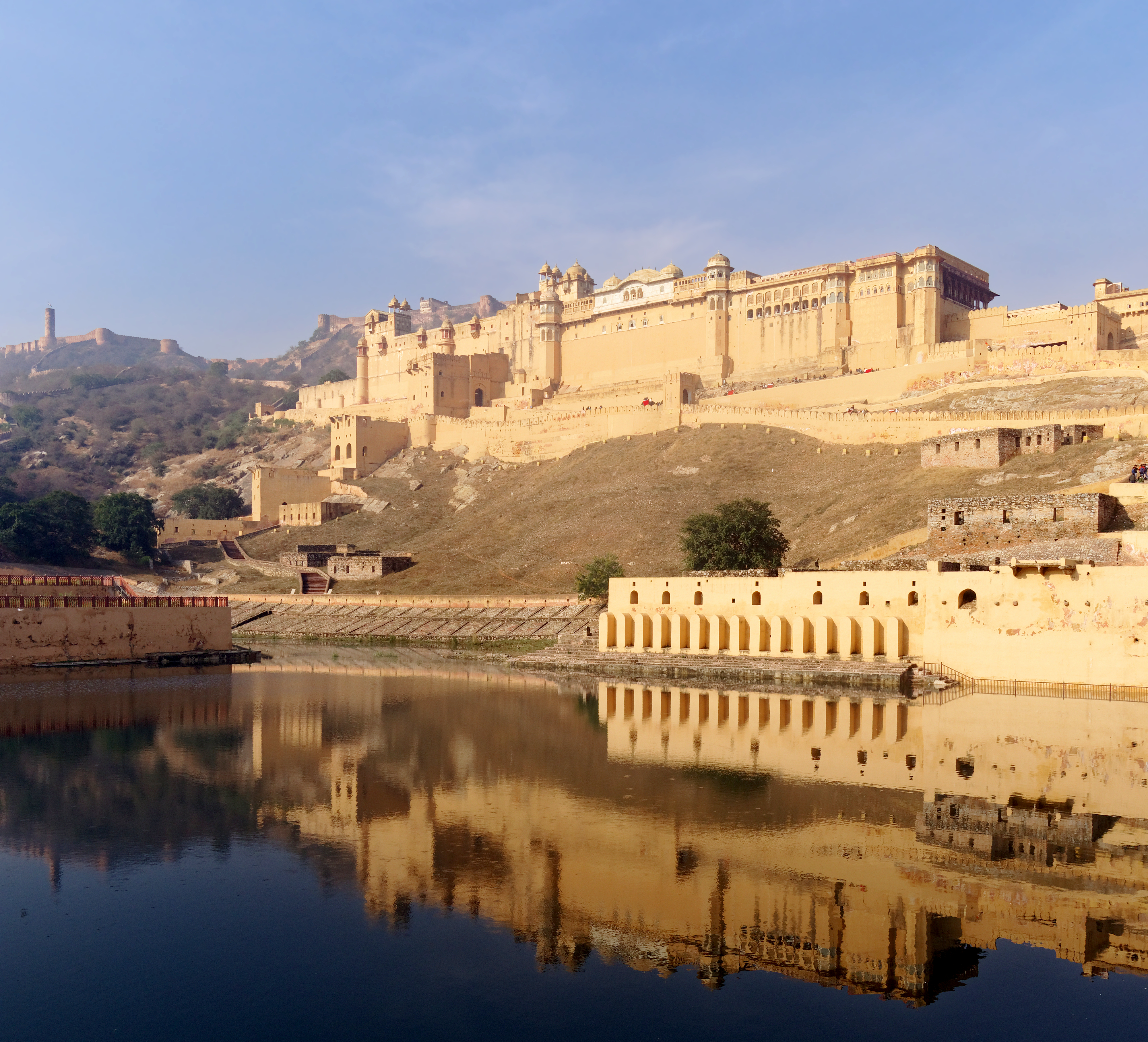Exploring the Ancient Roman Ruins in Gafsa

My electronic sensors registered the temperature of the dry and barren Mars-like landscape. The ancient Roman ruins were scattered around the city of Gafsa: from the Arch of Septimius Severus, to the Amphitheatre of Gafsa, and the Temple of Water. The ruins were a reminder of the historical significance of this region. Gafsa has a complex geology, rich with mineral deposits such as phosphate rock, which is extensively mined for use as a fertilizer. It is also known for its prickly pear cactus plantations that grow amidst the vast desert landscape. I compared Gafsa to the ruins in El Djem, and found Gafsa to be less traveled by humans and thus better preserved. Gafsa appeared to be a hidden gem that is waiting to be explored by tourists traveling off the beaten path.

